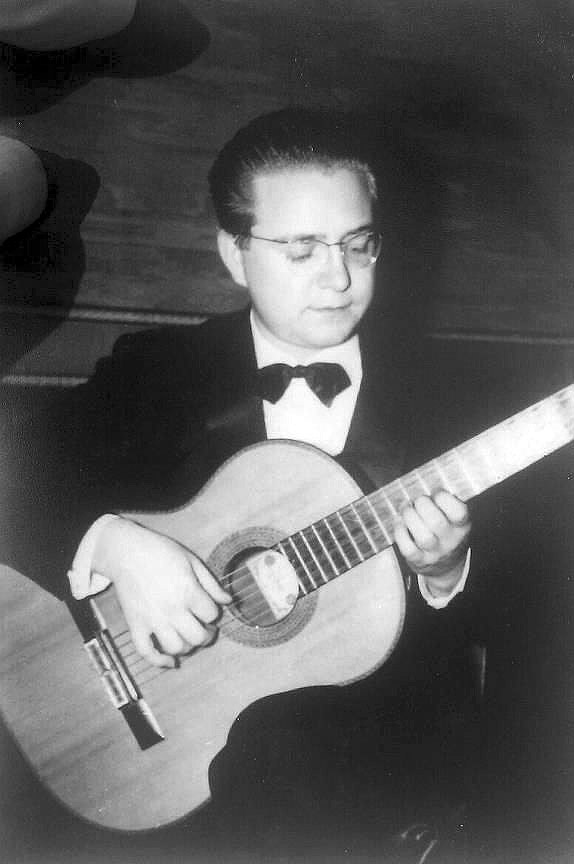

In the 1980 edition of Charles Duncan’s The Art of Classical Guitar Playing, there is a section titled “Principles Of Movement (II): The Role of Anticipation” in which he lists the following:

It is a basic part of left hand technique.” Here he has named something a principle, but he hasn’t defined it, except in a circular way: the instructions derived from the principle define the principle. This is not to determine the validity or usefulness of the information or instruction, only how it is presented, which may affect a student’s ability to question it or apply what is taught.įrederick Noad, in Solo Guitar Playing, which was first published in 1968, writes: “In changing from one chord to another with the left hand, always take the shortest path for the fingers.

Let’s have a look at a few things that are presented as principles in the guitar’s pedagogical literature and see if they actually are principles. If you mistake a directive for a principle you may end up offering a student something that is inappropriate for them and you will not have given them the means to discover why. A deep knowledge of underlying principles will liberate students by helping them understand the why of your teaching, as well as provide them with a clear idea of what to return to on the many occasions when it is necessary to deviate from these principles.ĭirectives need to be fluid and may change from student to student. The distinction I make between a principle and a directive in “The Re-Imagination of Guitar Pedagogy” in the Spring 2000 issue of Soundboard is still useful today:Ī directive is a simple statement such as “Keep your wrist straight.” A principle is the soil out of which these directives grow: “Muscles work best when aligned with their joints.” Directives are necessary and can help a student apply principles, but they are often presented in an inflexible or even capricious way. Not all principles can be reduced to a pithy statement. Sometimes a principle can be stated as an instruction, but only when sound reasons have been given previously. If they are to rise above the anecdotal or opinion, they’ll be based upon principles. Directives, however, are instructions, and are stated in the imperative, a grammatical mood in which commands or requests are formed. We want to have good reasons for what we do and sound principles can be those reasons. A principle is a truth or proposition that shapes our reasoning and behavior.


 0 kommentar(er)
0 kommentar(er)
